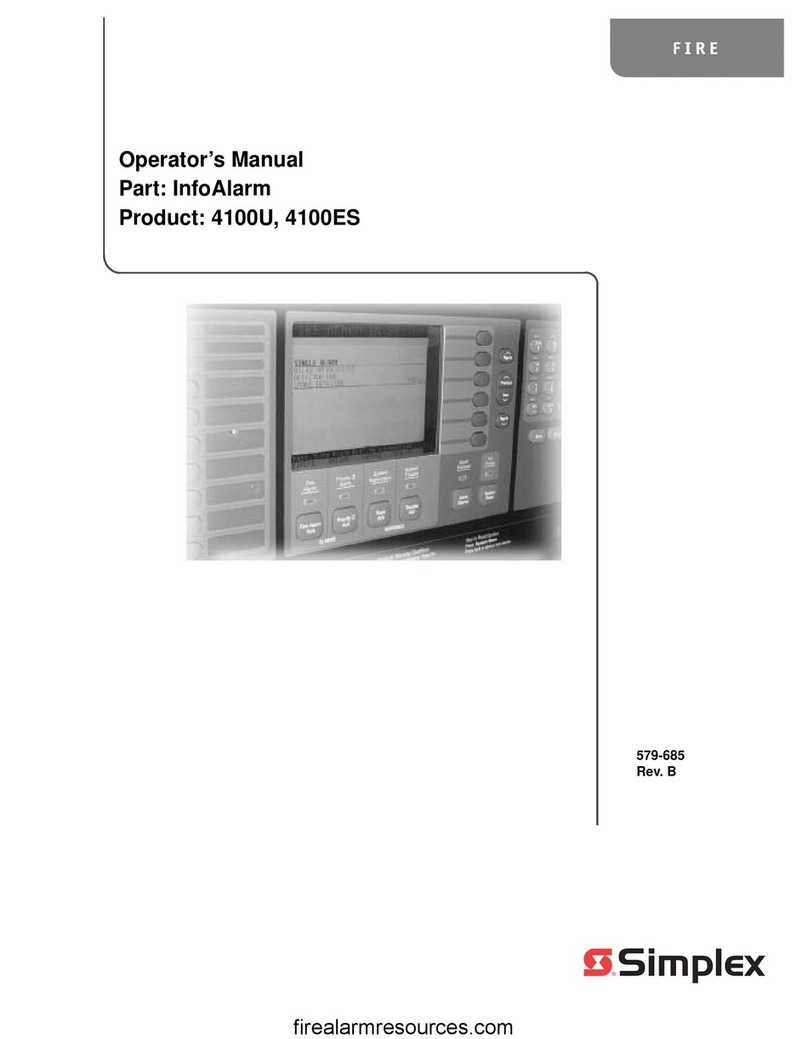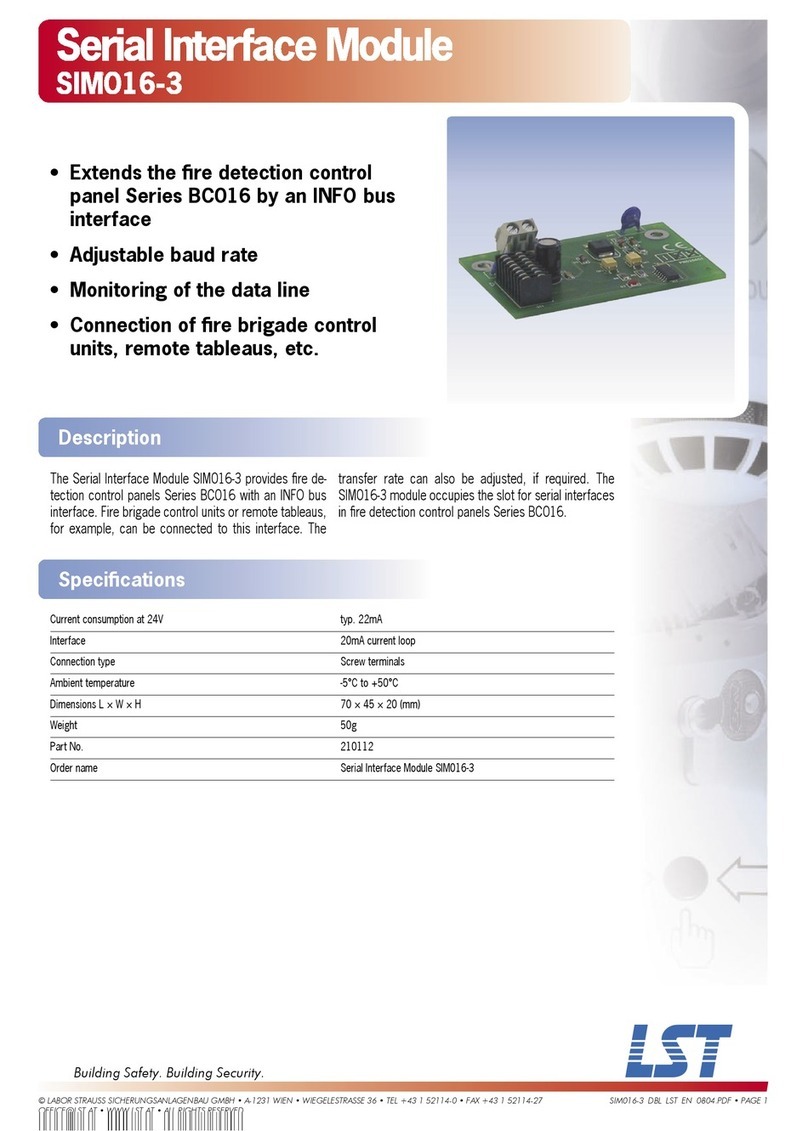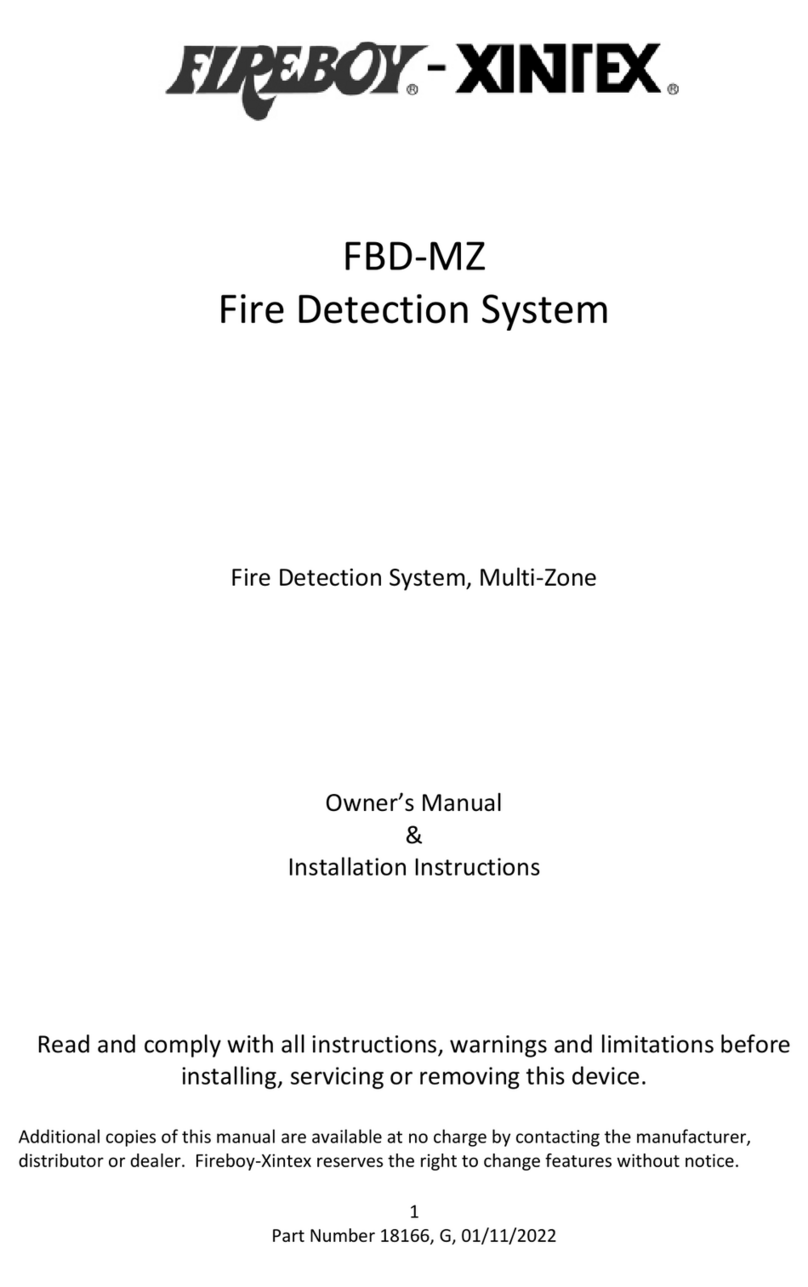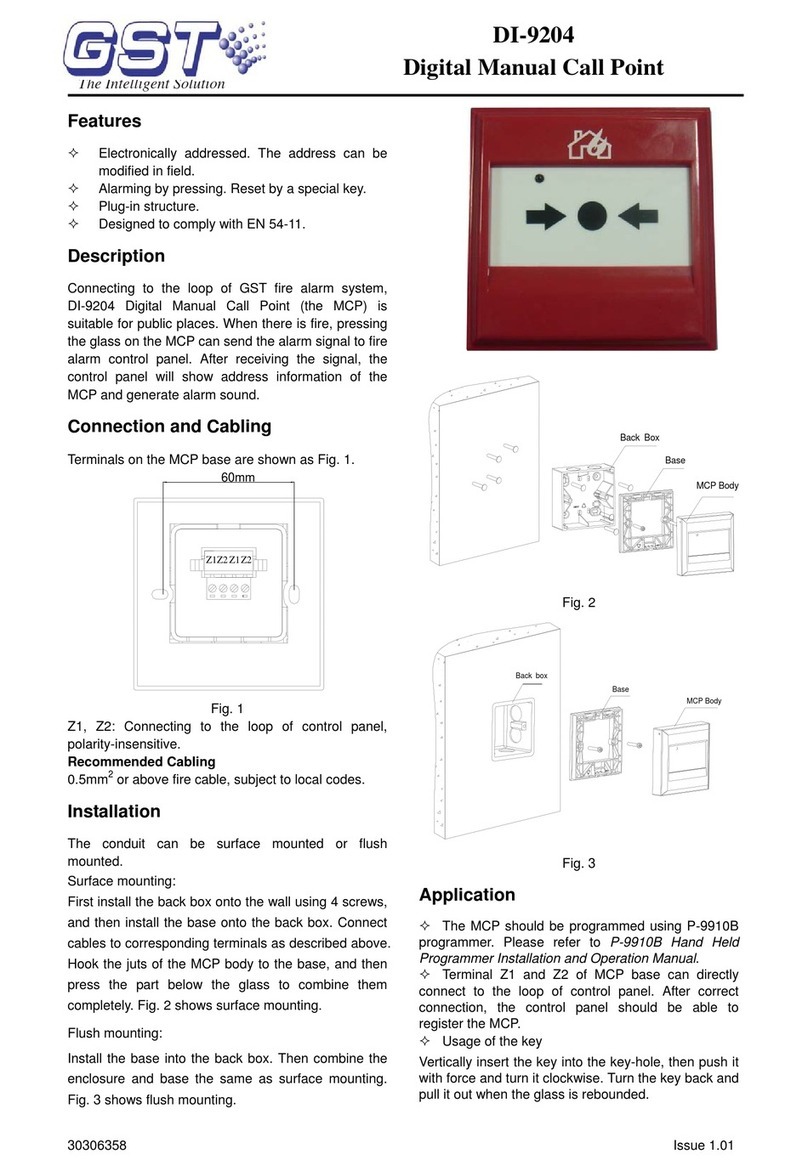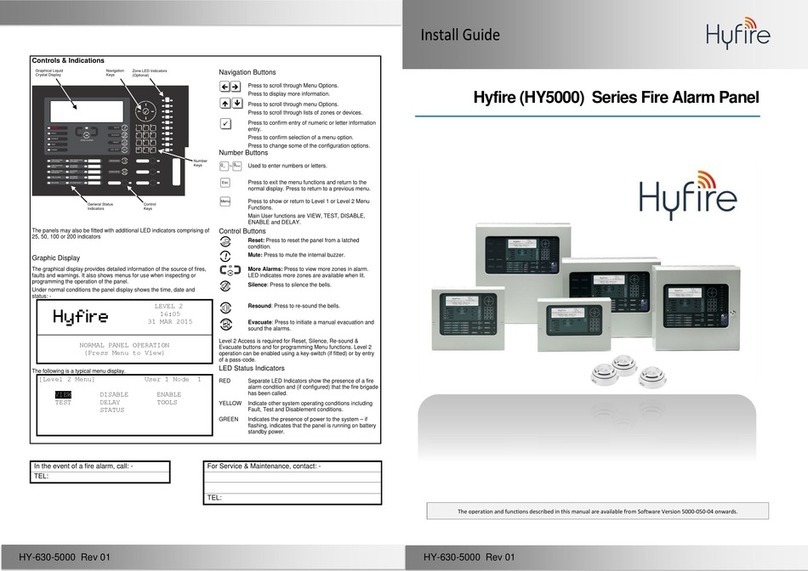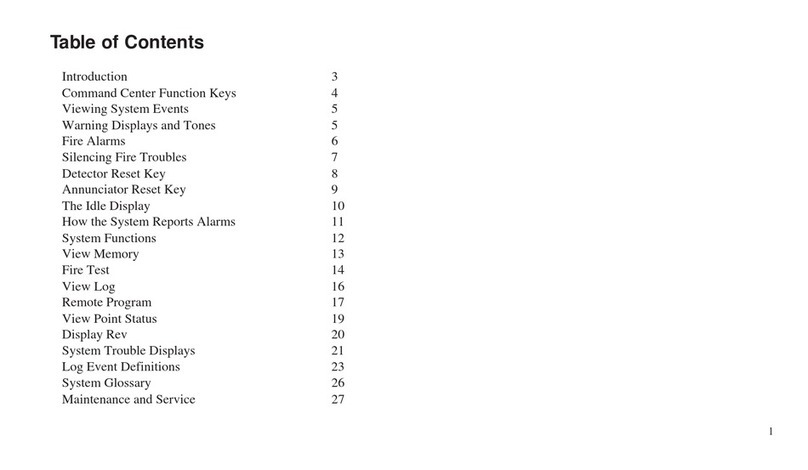Simplex 4100-1265 User manual
Other Simplex Fire Alarm manuals

Simplex
Simplex 4100ES-S1 Maintenance and service guide

Simplex
Simplex MINIPLEX 4100ES Series User manual
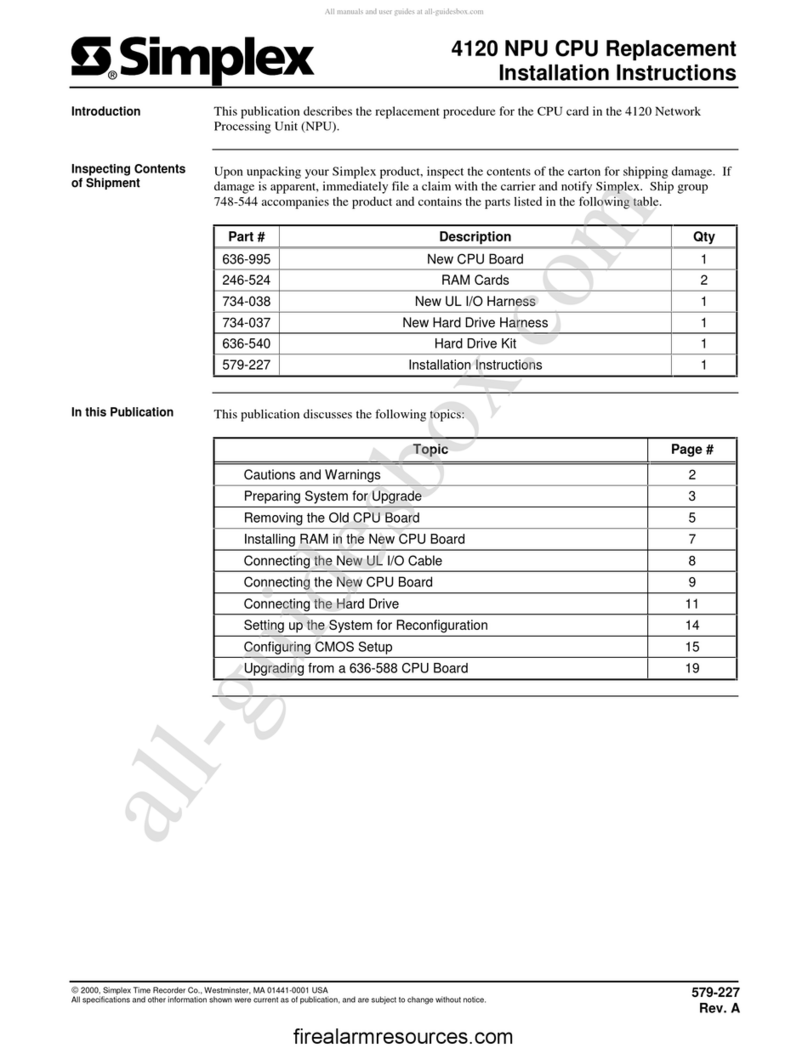
Simplex
Simplex SafeLINC 4120 User manual

Simplex
Simplex 49VO-WRF User manual

Simplex
Simplex 2004 Series User manual
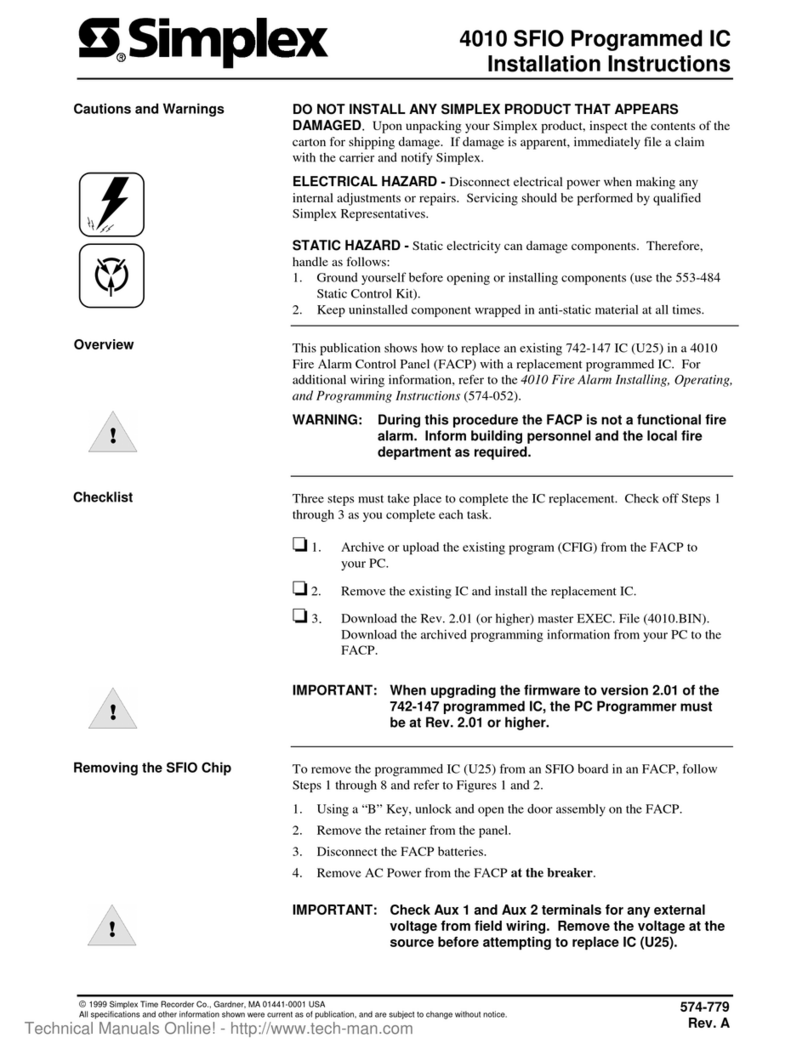
Simplex
Simplex 4010 User manual

Simplex
Simplex 49SVC-CWFIRE User manual
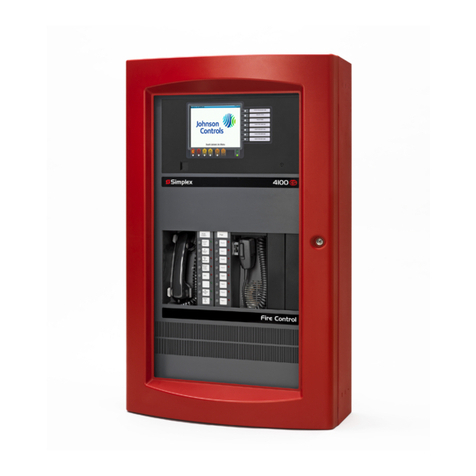
Simplex
Simplex SafeLINC 4100 User manual

Simplex
Simplex 4100-1314 User manual

Simplex
Simplex SafeLINC 4100 Instruction Manual

Simplex
Simplex 4010 User manual

Simplex
Simplex Saturn 2500 User manual

Simplex
Simplex SafeLINC 4020 User manual

Simplex
Simplex 4010ES User manual
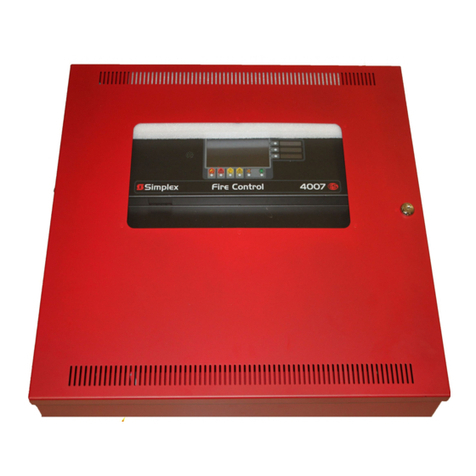
Simplex
Simplex 4007ES Panels Operating and maintenance manual

Simplex
Simplex SafeLINC 4100U User guide

Simplex
Simplex 4099-5210 User manual
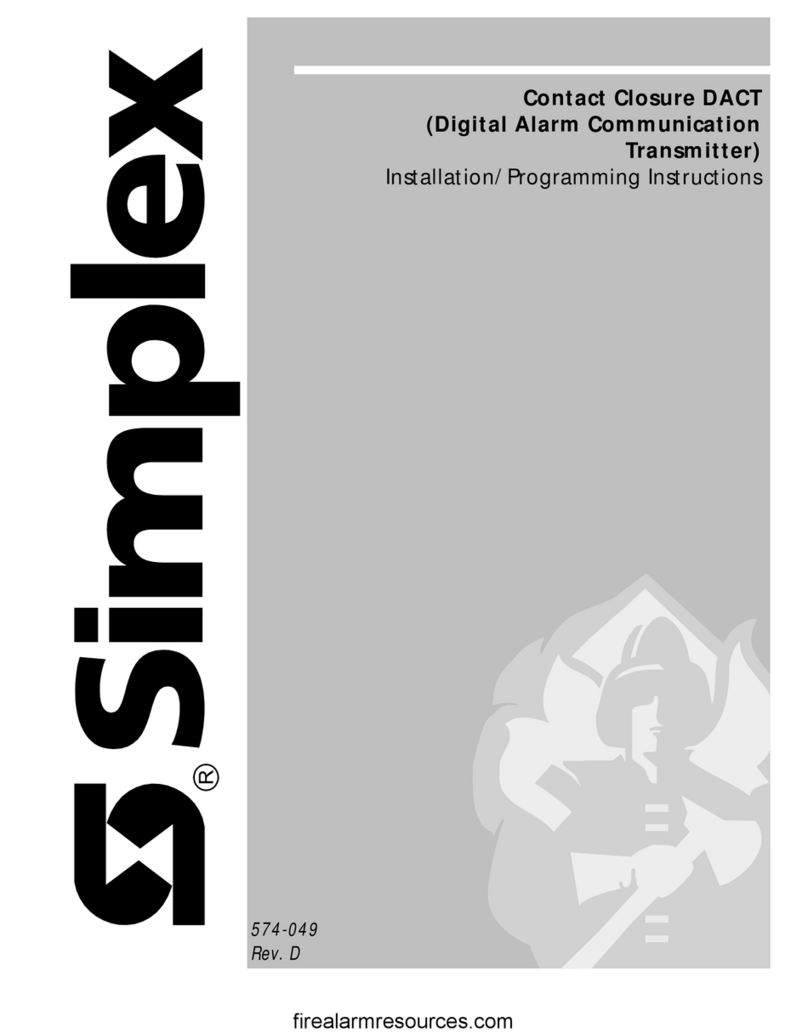
Simplex
Simplex Contact Closure DACT Technical specifications

Simplex
Simplex SafeLINC 4100U Maintenance and service guide

Simplex
Simplex 6351 Manual
Popular Fire Alarm manuals by other brands

Global Fire Equipment
Global Fire Equipment VALKYRIE AS manual
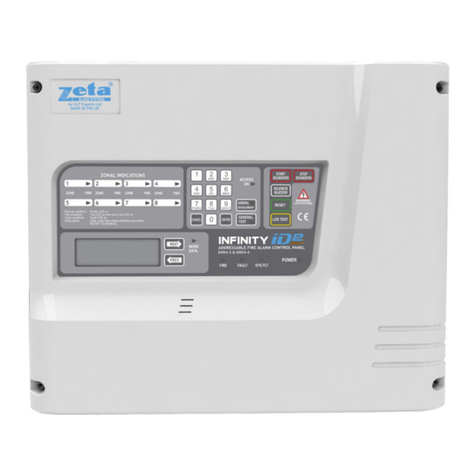
Zeta Alarm Systems
Zeta Alarm Systems INFINITY ID2 installation manual
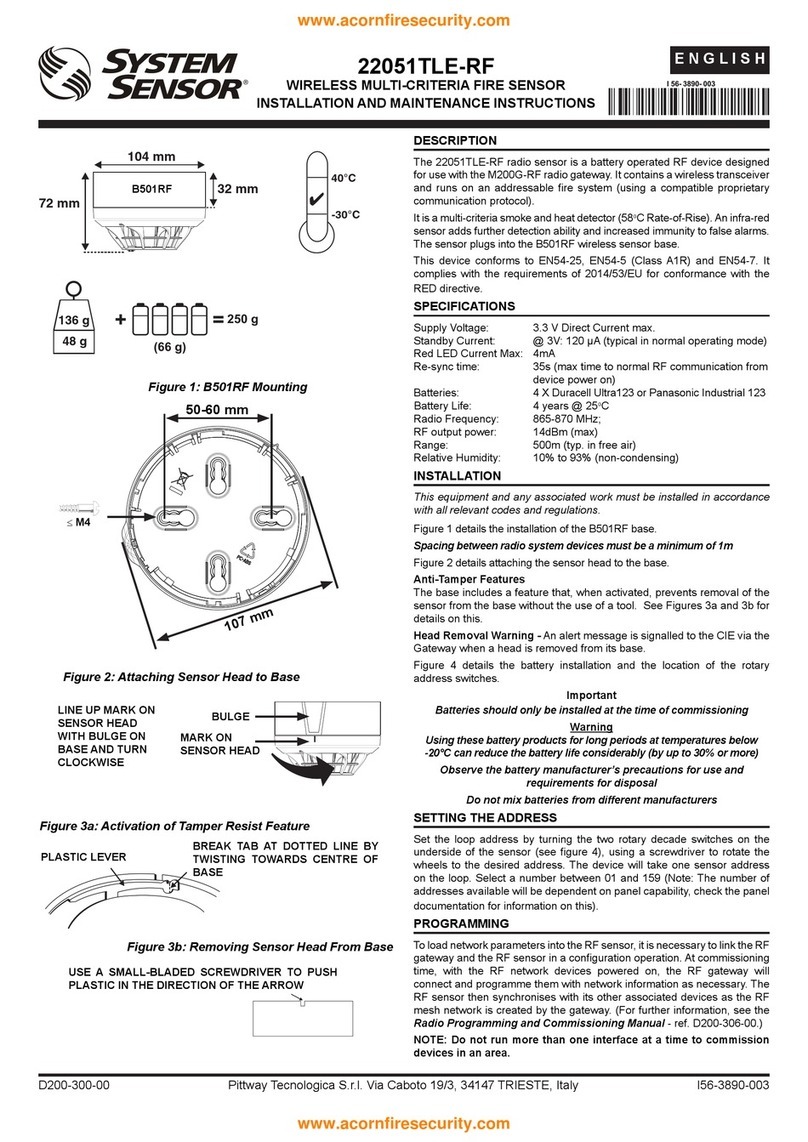
System Sensor
System Sensor 22051TLE-RF-26 Installation and maintenance instructions

Pittway
Pittway Notifier AM2020 troubleshooting guide

Ampac
Ampac ZoneSense user manual
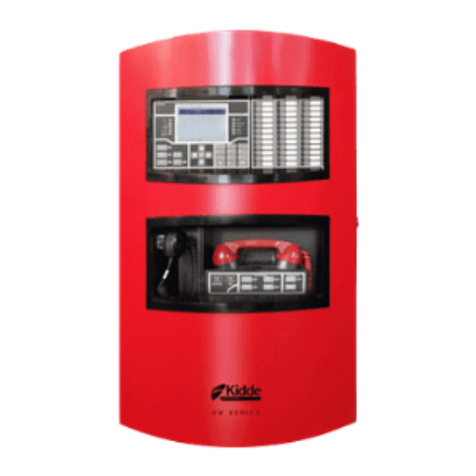
Kidde
Kidde VM-1 Technical reference manual

UniPOS
UniPOS FD 7120 instruction manual
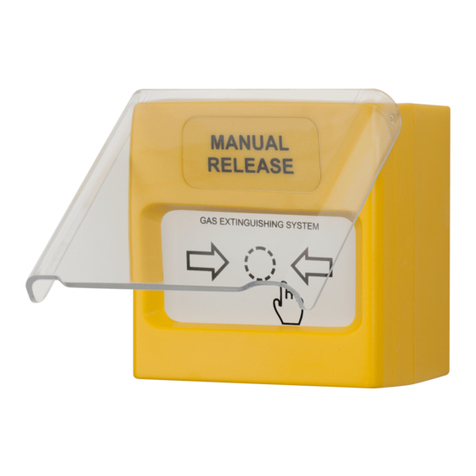
Teletek electronics
Teletek electronics SensoMAG MRB50 installation instructions
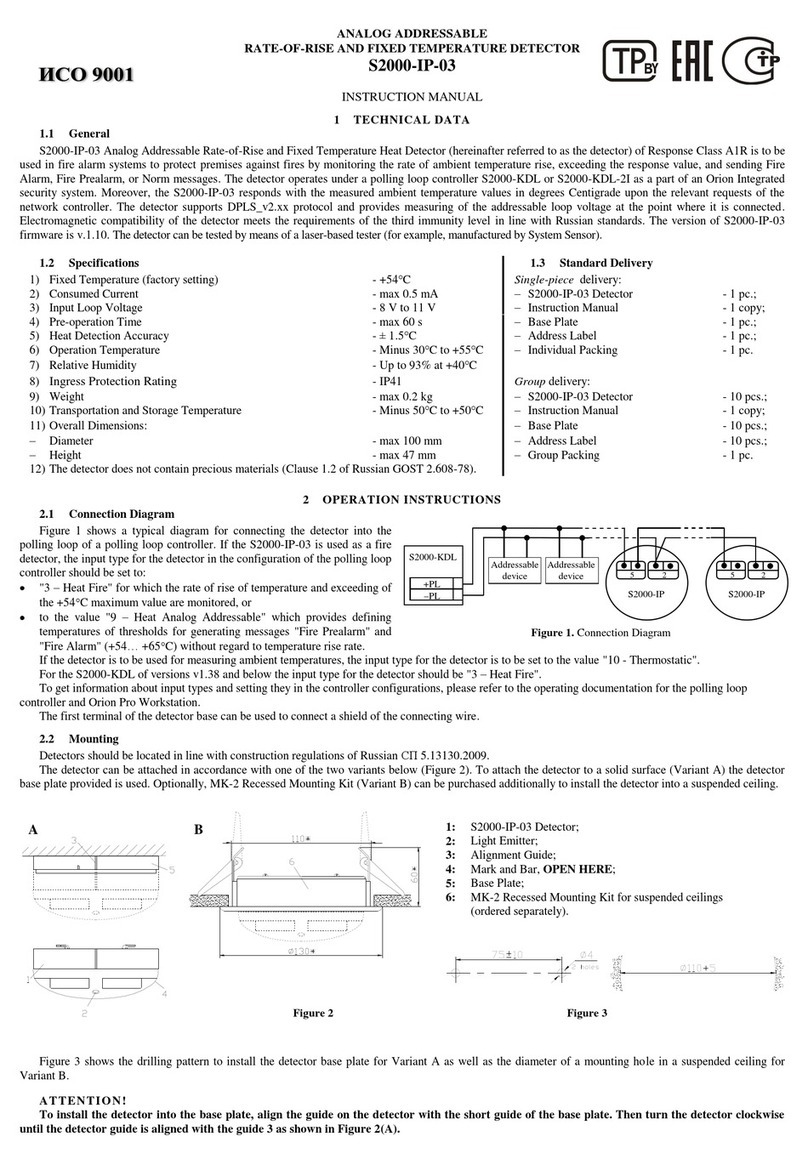
bolid
bolid S2000-IP-03 instruction manual
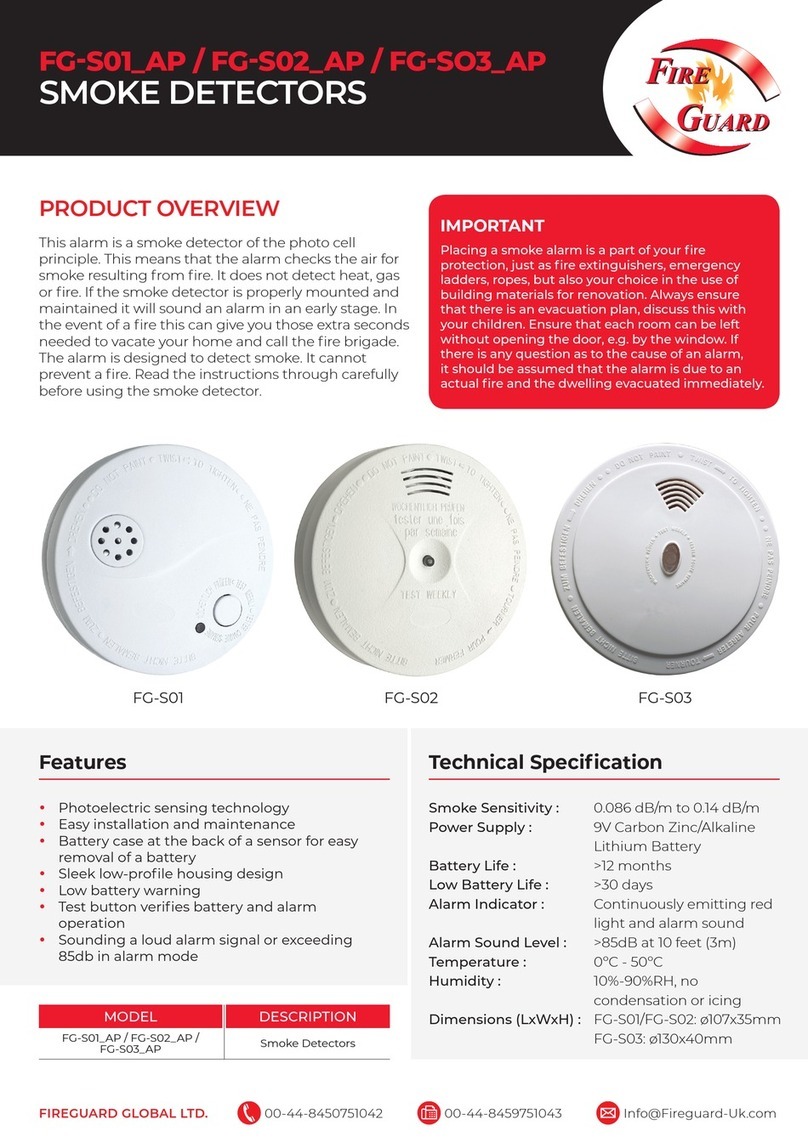
FIREGUARD GLOBAL
FIREGUARD GLOBAL FG-S01_AP quick start guide
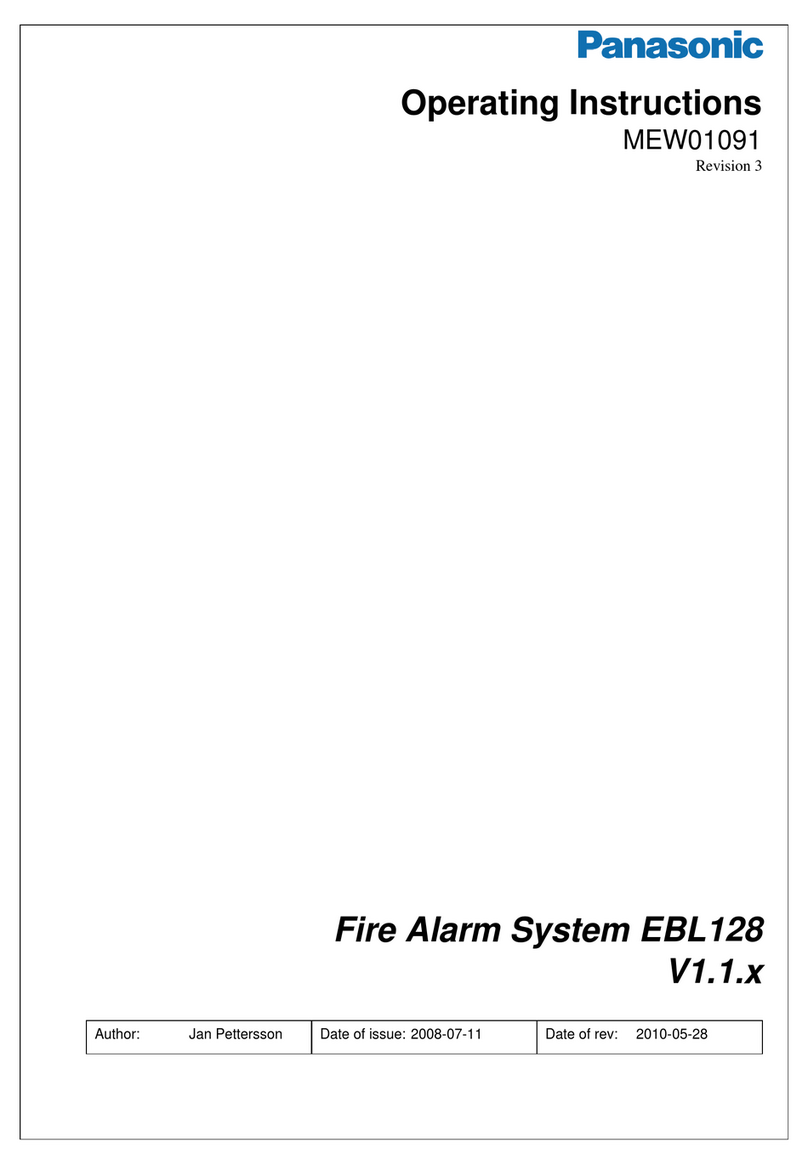
Panasonic
Panasonic MEW01091 operating instructions
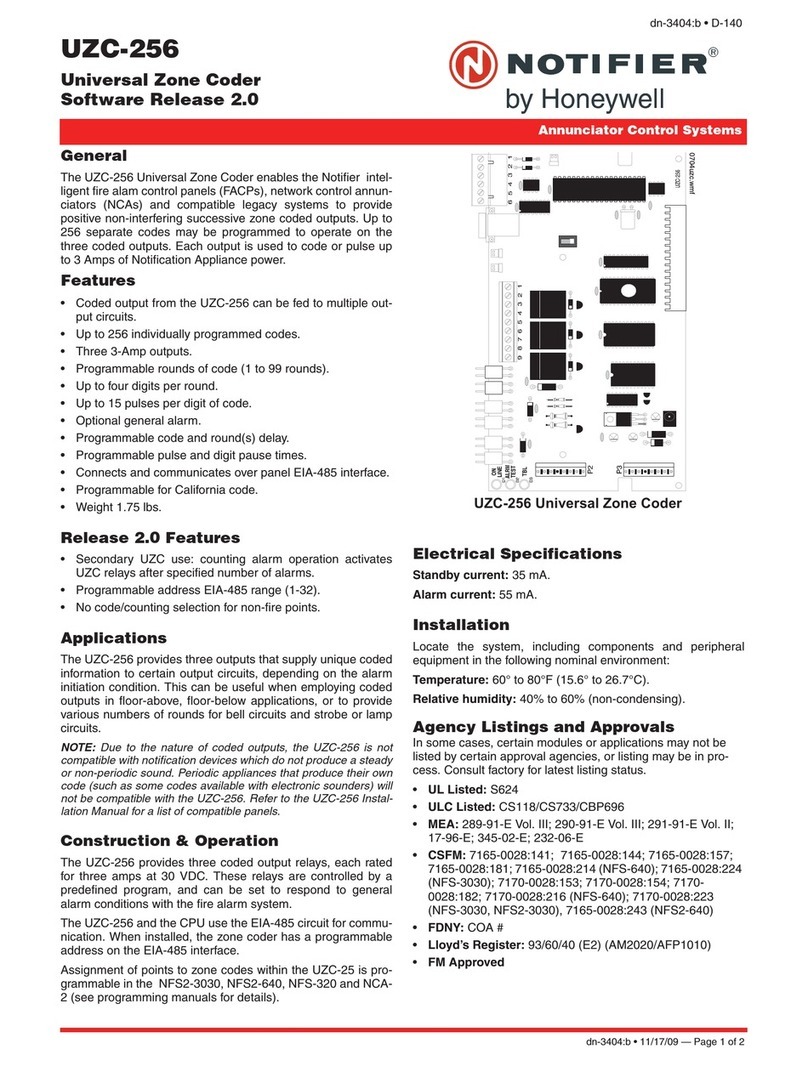
Notifier
Notifier UZC-256 installation manual



